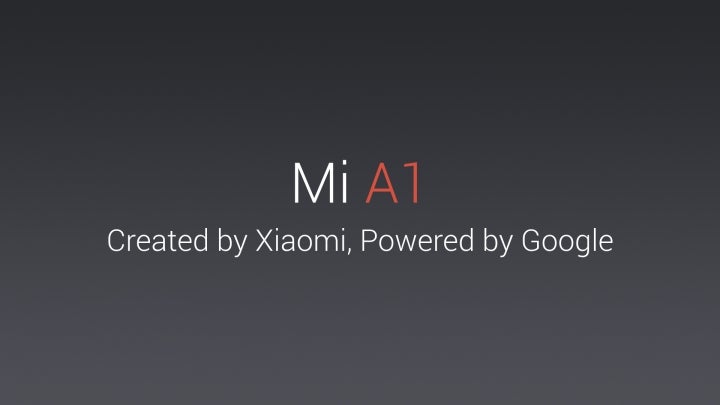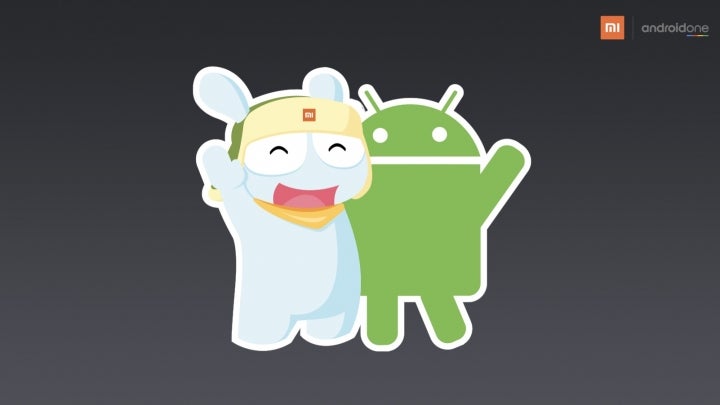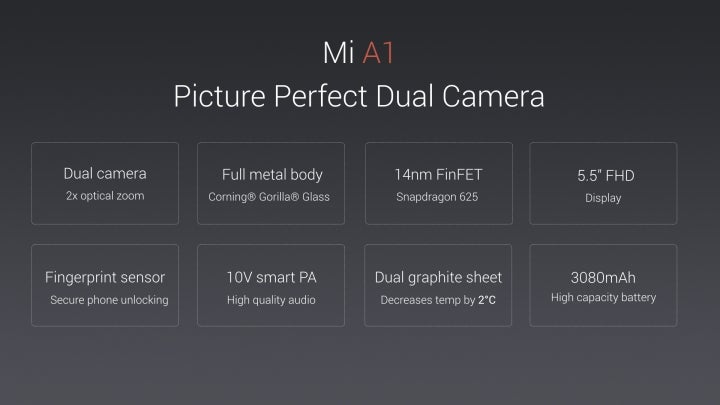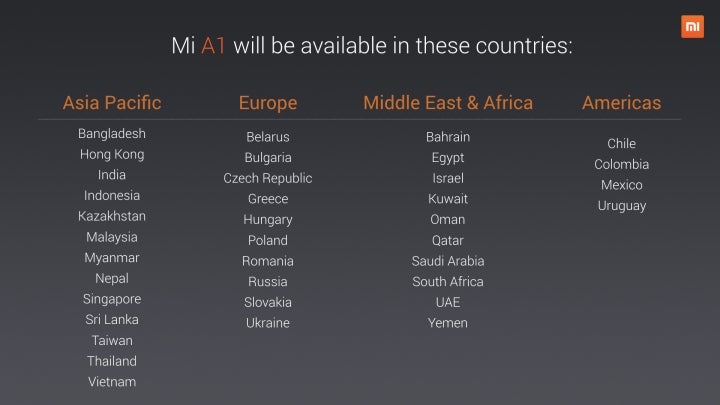Meet the Xiaomi Mi A1: an affordable mid-ranger with stock Android and fancy dual camera
This has indeed happened, as today, the company unveiled its new Mi A1 model during an event in New Delhi, India. At a first glance, Xiaomi seems to have made the A1 specifically for this particular South Asian market, but the phone maker actually plans to introduce it on a much broader scale. However, let's see what the A1 has to offer before we discuss its availability and pricing.
What are Android One phones and does the Mi A1 fit the description?

In a nutshell, Android One is a series of budget-friendly phones that are intended for developing markets. They run a near-stock version of Android and most of them are designed, marketed, and supported by Google, with OEMs taking care of the manufacturing process.
Up to this point, the search engine giant primarily partnered up with lesser-known Asian phone makers such as Micromax, Spice, and Nexian journey, so the collaboration with a more distinguished brand like Xiaomi is kind of a big deal.
Does the Xiaomi Mi A1 fit into this narrative as well? Well, yes and no. The phone's looks and specs are absolutely identical to the Xiaomi Mi 5X, a great mid-ranger that's currently exclusive to China. This means that Mountain View didn't design the handset itself this time around. However, Google will most likely take care of any future updates to the A1, as virtually every other Xiaomi model ships with the company's Android-based custom MIUI skin.
Software

Xiaomi + Android = <3
Okay, so we've established that the Mi A1 will boast a clean version of Android, but what does this mean? Well, a generally bloat-free experience in addition to timely updates.
The handset will ship with Android N out of the box, but it will be updated to Oreo by the end of the year. At the press conference, Xiaomi also assured that the device will be one of the first to get Android P when the software becomes available in 2018. Furthermore, A1 users will get the privilege of receiving monthly security patches in a timely manner and will benefit from Google Play Protect.
However, Xiaomi will keep some of its software on board the A1. The MIUI camera app will remain, but it will work together with Google Photos. It will automatically back up any pictures taken with the camera to the storage space of one's Google Account.
Hardware

There's a lot to like with the hardware of the Mi A1. On the outside, you get a 5.5-inch 1080p screen and a nice metal body. On the inside, you'll find the Qualcomm Snapdragon 625 powering the handset. This particular octa-core chipset is known for keeping a good balance between battery life and performance. As for system and internal memory, you get 4GB of RAM and 64GB of ROM. A 3,080mAh battery will keep the juices flowing.
The obvious highlight of the A1, however, is the "flagship dual camera" at the back. Xiaomi calls it like that because you can find the same composition on the company's Mi 6 high-end model. You have two 12MP main shooters - one standard, and one that's capable of producing a telephoto view. Sounds familiar? Well, that's because you can find the same combo on the iPhone 7 Plus, and Xiaomi has even used this as a marketing strategy. You can see the promo poster as well as some camera samples in the gallery below.
Price, release date, and availability
The Mi A1 will hit the shelves on September 12 in India. Its price tag is set at Rs. 14,999 which translates to about $234 or €197. People in other markets will probably have to pay a bit more, but if Xiaomi manages to keep the price below $300, the latest Android One phone could very well become one of the most popular mid-rangers of 2017.
So what about availability? Well, we're happy to report that the handset will make its way outside of Asia. It will be available in ten European markets, four in Central and South America, and ten in the Middle East and Africa. You can see the full list of countries in the image below.










Things that are NOT allowed: